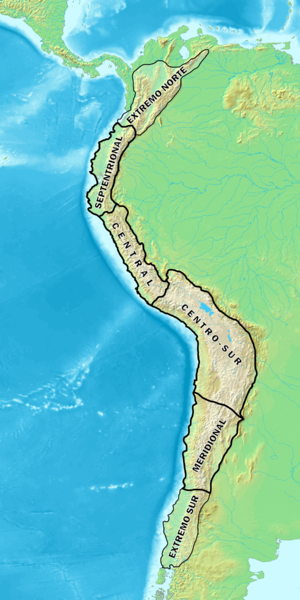 On Oct. 19, a patrol of Bolivia's Joint Task Force, coordinating National Police and army troops in coca-eradication missions, was ambushed by unknown gunmen at Miraflores pueblo, Apolo municipality, in the coca-growing Yungas region, sparking a gun-battle that left four dead—three troops and a medic. Up to 30 were injured, but all the assailants seem to have escaped. Government vice-minister Jorge Pérez said the attack was "planned by people related to the narco-traffic," adding that the partially buried remains of a cocaine lab had been found nearby. Days later, Leopoldo Ramos, the public prosecutor appointed to investigate the case, said that "by the form of execution, for the Public Ministry it is probable that those who attacked in Miraflores are persons trained by Sendero Luminoso."
On Oct. 19, a patrol of Bolivia's Joint Task Force, coordinating National Police and army troops in coca-eradication missions, was ambushed by unknown gunmen at Miraflores pueblo, Apolo municipality, in the coca-growing Yungas region, sparking a gun-battle that left four dead—three troops and a medic. Up to 30 were injured, but all the assailants seem to have escaped. Government vice-minister Jorge Pérez said the attack was "planned by people related to the narco-traffic," adding that the partially buried remains of a cocaine lab had been found nearby. Days later, Leopoldo Ramos, the public prosecutor appointed to investigate the case, said that "by the form of execution, for the Public Ministry it is probable that those who attacked in Miraflores are persons trained by Sendero Luminoso."
The Bolivian government has asked Peru for any information about the possible activity and whereabouts in its territory of three comunarios (communal peasants) suspected of possible links to the Maoist guerilla movement that terrorized Peru in the 1980s and '90s. Bolivia's Government Minister Carlos Romero said the police forces of the two countries are collaborating in the investigation, with the cooperation of Interpol. Peru's government said it has installed a National Police cordon along the Bolivian border. (La Razón, Nov. 4; Europa Press, Oct. 27; Pagina Siete, Oct. 23; TeleSur, Oct. 22)
Even under the leftist President Evo Morales, there have been periodic bouts of official paranoia about Sendero Luminoso activity in Bolivia. But Morales has been walking a fine line of remaining true to his base among coca-growers and responding to international pressure to eradicate. Traditionally in Bolivia, coca has been grown for legal internal use in Las Yungas, while eradication campaigns have been confined to the Chapare region across the Altiplano to the east—where all the coca crop was said to be bound for the illegal cocaine market. This year, for the first time, the government announced that there would be eradication operations in Las Yungas—even as the area dedicated to legal coca cultivation would be expanded. The surviving remnant factions of Sendero Luminoso in Peru have maintained a base of support by offering protection to cocaleros and exploiting their anger at government eradication. If Sendero really is expanding into Bolivia, Evo's own policies may have unwittingly faciliated this.
Meanwhile, in a strange irony, Bolivia's right-wing opposition is skeptical of the claims about Sendero, and says it will reject the official report on the Miraflores incident being prepared by the administration. Opposition lawmaker Fabián Yaksic (MSM) blamed the tensions in Las Yungas on "the irresponsbility of President Morales." (Los Tiempos, Nov. 4)
Cross-post to High Times
Graphic: Wikipedia







Recent comments
1 week 4 days ago
5 weeks 3 days ago
9 weeks 3 days ago
10 weeks 1 day ago
20 weeks 1 day ago
24 weeks 2 days ago
25 weeks 2 days ago
25 weeks 2 days ago
46 weeks 3 days ago
50 weeks 4 days ago